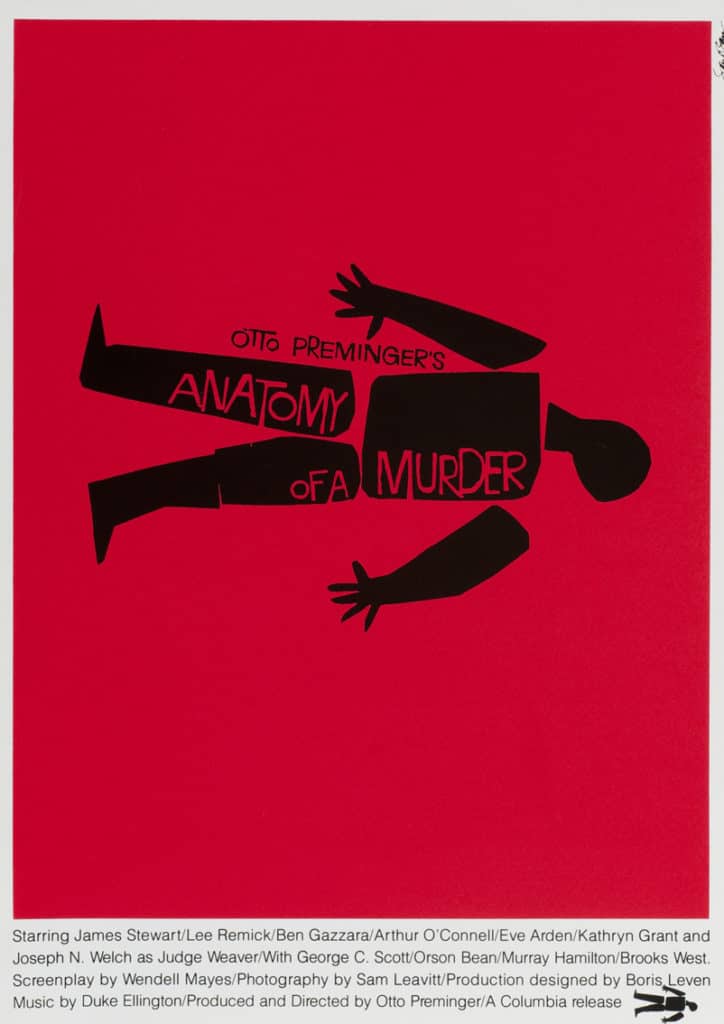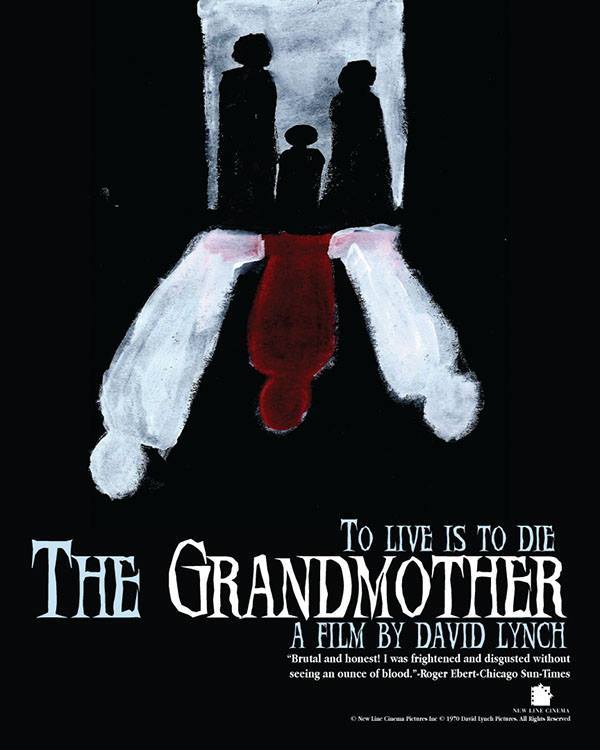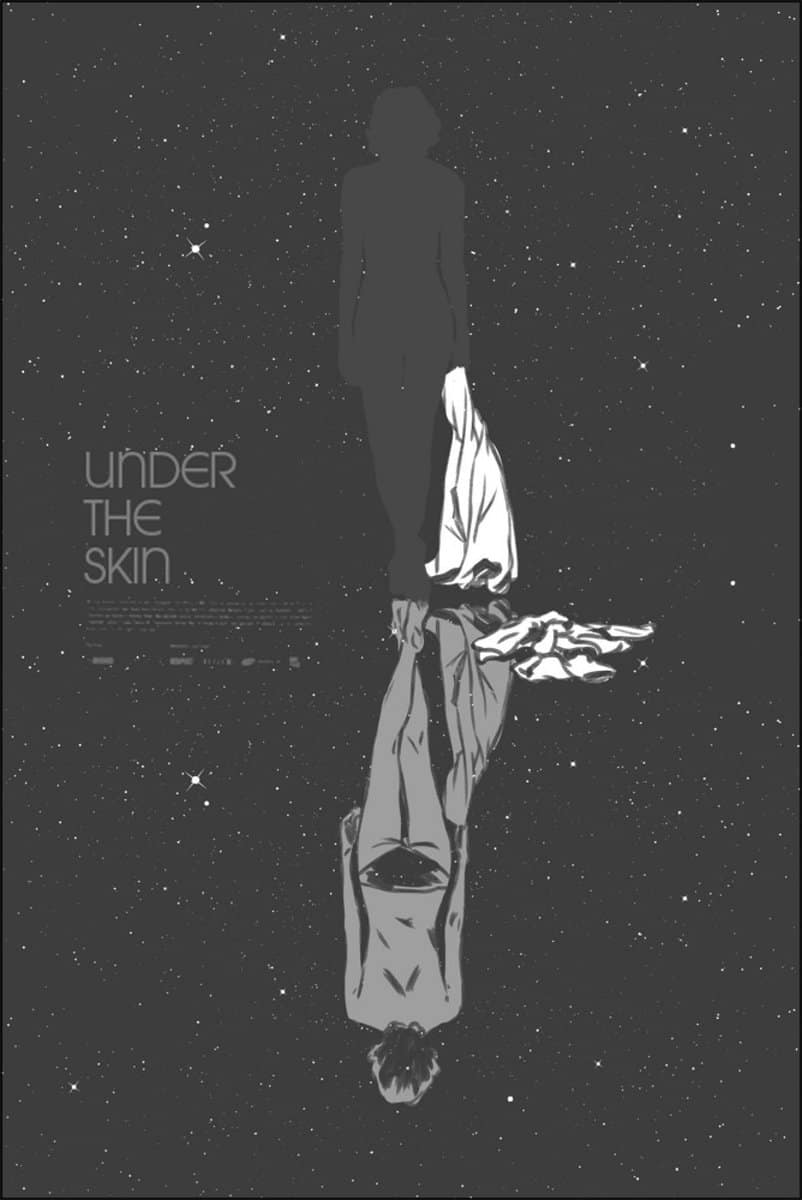
Michigan’s Upper Peninsula is a lonely, desolate landscape, one of the few places left in America that feels undisturbed by humanity’s touch. And yet, in Anatomy of a Murder it feels lively. Duke Ellington’s stylish score is the cause, making a rural and forested land feel like a big city with big problems.
Ellington’s score simply oozes cool, from wailing trumpet and saxophone melodies to meandering, somber solo piano pieces. It’s the perfect score to a noir detective trying to crack the case of his career while fending off thugs and flirting with femme fatales, all with a drink in hand and a smoke in his mouth. The problem is that Anatomy of a Murder is a courtroom drama whose main character, Paul Biegler, is a detached fifty-something lawyer who pores over law books and would rather be fishing than anywhere else in the world.
While this disconnect between music and film is a bit subversive, it actually works to heighten the importance of what occurs on screen. Ordinarily, a lawyer interrogating witnesses or opining on legal theory would be severely boring. But add Duke Ellington playing in the background and it becomes the sexiest thing for miles. Meanwhile the courtroom scenes are almost entirely devoid of music, adding a sharp contrast to the rest of the film. Rather than smooth and stylish, these scenes are stark and serious. A man’s freedom is on the line and Ellington smartly treats that with the high stakes reverence it deserves.
Ellington’s mastery makes it all the more of a shame that Anatomy of a Murder is but one of four film scores he composed. Nonetheless, it’s fortunate that Ellington created this landmark score, known not just for its quality and the skill behind it, but also as one of the first mainstream American film scores by a black composer.



